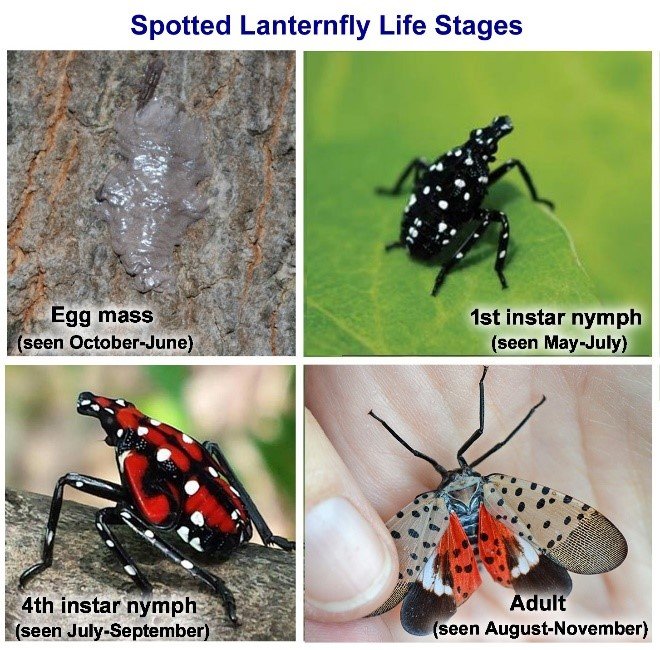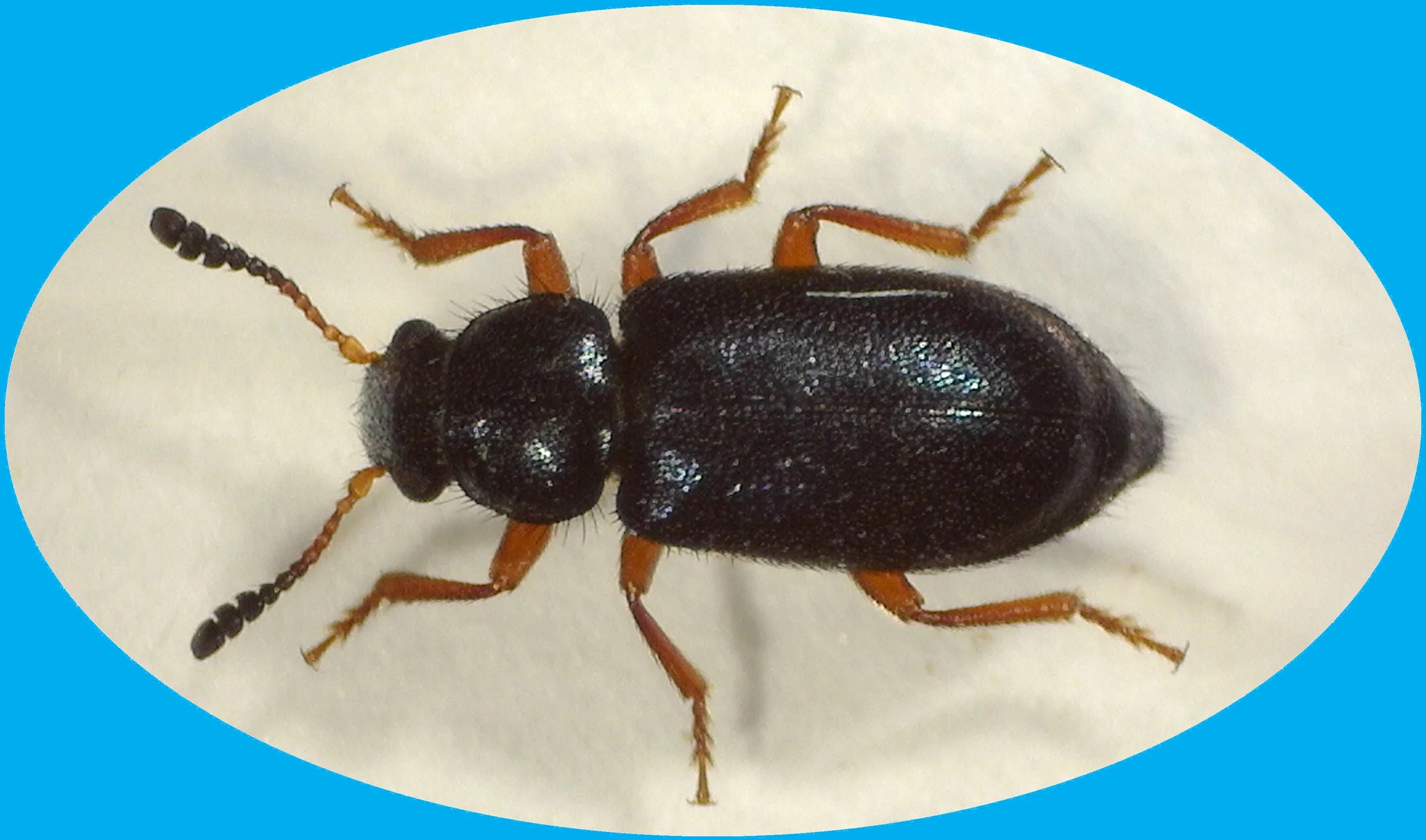Spotted Lanternfly and Tree of Heaven: The Invasive Duo Threatening US Agriculture
by Ethan Estabrook, BCE
Figure 1. Spotted lanternfly, Photo Credit: Lawrence Barringer Pennsylvania Department of Agriculture, bugwood.org
Spotted Lanternfly and Tree of Heaven
In the world of IPM, we're always reminded to "Start with the insect first!"
Today, our focus is on the Spotted Lanternfly (SLF), a devastating invasive pest threatening the heart of US farming.
But this story features not one, but two invaders - the second being the SLF's preferred host, the Tree of Heaven.
The Invaders and Their Impact
Both the Spotted Lanternfly and the Tree of Heaven hail from China. The tree was brought over as an ornamental plant in the 1780s and has since grown aggressively across the country. The lanternfly was first detected in Pennsylvania in 2014. Today, these two invaders stand as a formidable threat to American agriculture. The lanternfly uses the Tree of Heaven as a favorite host, making this duo a challenging adversary for farmers and regulators alike.
Destructive Feeding Habits
As sap suckers, Spotted Lanternflies can severely impact over 70 plant species. The As sap suckers, Spotted Lanternflies can severely impact over 70 plant species. The insect weakens plants, hampers their growth, and reduces yield. Adding to the assault, the lanternfly excretes a sugary substance, honeydew, encouraging sooty mold growth and often causing premature plant death.
Figure 2. Spotted lanternfly life stages, Photo Credit: Iowa Department of Natural Resources
A Threat to Key Industries
The Spotted Lanternfly’s choice of host plants places vital sectors of the US economy in its crosshairs. Grape, apple, and hops industries stand on the front line of this invasion. Additionally, hardwood timber species, including oak and walnut, are threatened, which could lead to considerable economic repercussions.
Tackling the Threat
The battle against the Spotted Lanternfly and the Tree of Heaven necessitates a strategic approach. Implementing quarantine measures and promoting public awareness are key components of this strategy. Citizens are also encouraged to report sightings, destroy egg masses, and cut down Tree of Heaven when possible.
Figure 3. Tree of heaven in an urban environment, Photo Credit: A. Smith, ODNR Division of Forestry
A Ray of Hope
While this invasive duo is spreading, there is a ray of hope. Scientists are exploring potential biological controls, including predators, parasites, and diseases that may naturally curb these species in their native habitats.
The fight against the Spotted Lanternfly and the Tree of Heaven is not only about safeguarding our economy; it's also about preserving the integrity of our ecosystems. If you spot either of these invasive species, please report it to your local extension service or the Department of Agriculture. Your actions could be a deciding factor in this struggle.
As we face the dual threats of the Spotted Lanternfly and the Tree of Heaven, our mantra must evolve: “Start with the pest first!” becomes our new guiding principle.
Related Insect and Pheromone Posts
Read more about insects and pheromones in these related posts:
Product of the Month - All Beetle Trap Kit with RTU Gel Cartridge
Insect of the Month: Cigarette Beetle (Lasioderma serricorne)
Insects Limited, an Insect Pheromone Company
Insects Limited, Inc. researches, tests, develops, manufactures and distributes pheromones and trapping systems for insects in a global marketplace. The highly qualified staff also can assist with consultation, areas of expert witness, training presentations and grant writing.
Insects Limited, Inc. specializes in a unique niche of pest control that provides mainstream products and services to protect stored food, grain, museum collections, tobacco, timber and fiber worldwide. Please take some time to view these products and services in our web store.






